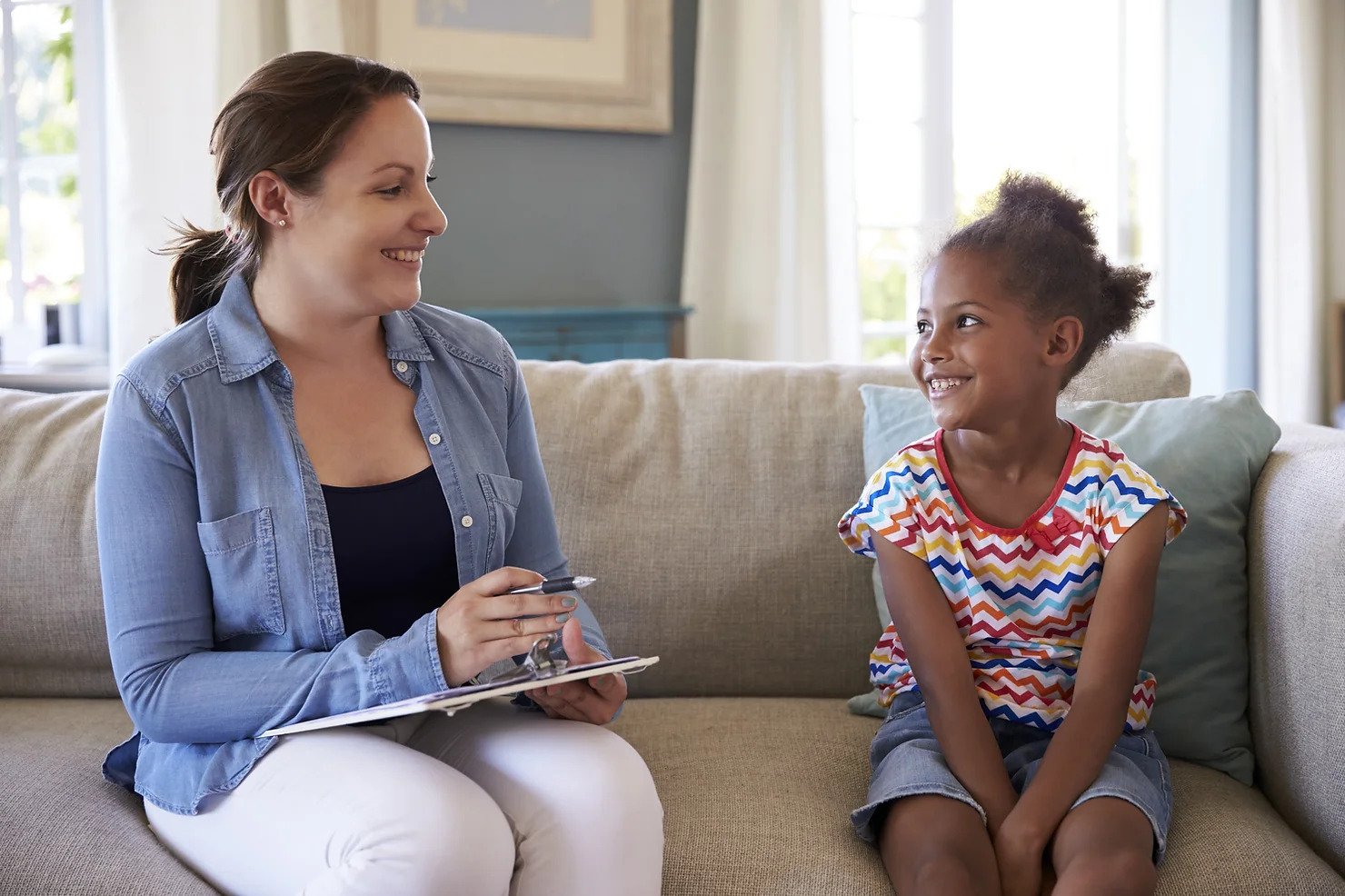When a child has developmental disabilities, the learning process may take different forms compared to peers. These disabilities can affect communication, movement, social behavior, or cognitive processing. While each child’s experience varies, challenges often arise in areas such as following instructions, focusing for long periods, or understanding abstract concepts. The classroom environment, with its structure and pace, may make it more difficult for some students to keep up unless additional support is in place.
Rather than viewing these difficulties as fixed limitations, families and educators can approach them as a need for adjusted learning strategies. Early identification of delays or patterns in learning is often the first step. This may include assessments from pediatricians, specialists, or school psychologists, each contributing to a broader understanding of the child’s needs and strengths.
Building a Supportive Learning Environment
A positive, supportive learning environment helps children with developmental disabilities feel more comfortable and engaged. In school settings, Individualized Education Programs (IEPs) or 504 plans often provide accommodations such as extended time, modified assignments, or one-on-one assistance. At home, structure, consistency, and clearly communicated expectations can reduce stress and improve attention.
Children may respond better to visual aids, hands-on tasks, or repetition, depending on how they best process information. Teachers and caregivers working together to share insights can improve outcomes. Support does not have to be complex. Sometimes, reducing distractions, adjusting lighting, or using a calm tone can change how a child responds to tasks or directions.
Strengthening Communication Between Parents and Educators
A strong partnership between families and educators plays a central role in meeting a child’s learning needs. Regular check-ins allow both sides to share progress, flag new concerns, and coordinate strategies. If a child is developing language skills slowly, for example, updates from school can guide speech therapy at home. Likewise, if parents notice changes in behavior or frustration with schoolwork, teachers can adapt lesson plans to reduce those triggers.
By maintaining open dialogue, parents gain clarity on what support is already in place and what additional resources may be helpful. These relationships also give children a sense of continuity, which can be reassuring and reduce anxiety during school transitions.
Encouraging Confidence Through Consistent Routines
Children with developmental disabilities often benefit from predictability in their daily lives. Clear routines provide a sense of control and stability, which can reduce behavioral issues and promote focus. When children know what to expect—from the time they wake up through bedtime—they often respond with greater cooperation and less emotional overwhelm.
Encouraging independence within those routines, such as getting dressed, completing small tasks, or helping with meals, can help build confidence. These small wins translate into greater self-esteem in the classroom and beyond.
Accessing Additional Community and Clinical Support
Families are not alone in supporting a child with developmental disabilities. Community resources, including early intervention programs, therapy services, and parent training workshops, offer both knowledge and emotional support. Occupational, speech, and behavioral therapists can provide individualized plans that align with what the child is learning in school.
Pediatricians and specialists also track developmental milestones and help coordinate care across different service providers. Together, these resources help maintain a comprehensive approach that supports learning both inside and outside the classroom.
Support Developmental Disabilities Through Patience and Adaptation
Supporting a child with developmental disabilities requires flexibility, observation, and patience. Progress may happen gradually, but it can be meaningful over time. Families who remain open to trying new methods, adapting routines, and maintaining communication are best positioned to help their child thrive. While each child’s path looks different, thoughtful support builds a foundation for lifelong learning and resilience.
- FREHF – The Revolutionary Future Of Human-Centered Technology!
- Adsy.Pw/Hb3 – Boost Your SEO And Drive More Traffic!
- Fitness Based Vacations By Timeshealthmage.com!
- TimesHealthMag Tips For Improving Sleep Quality – Expert Advice For Better Rest!
- How TimesHealthMage Helps Improve Your Lifestyle Habits!


Leave a Reply